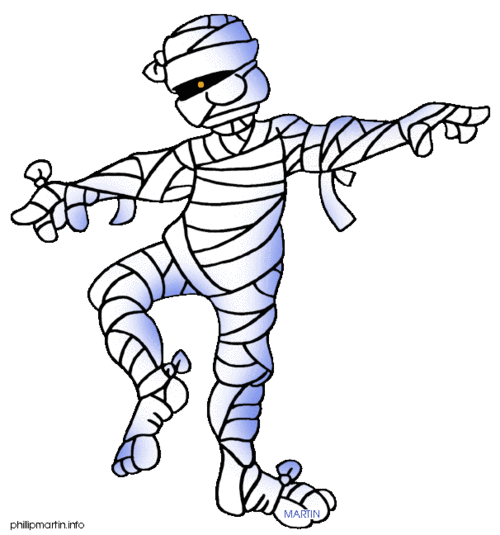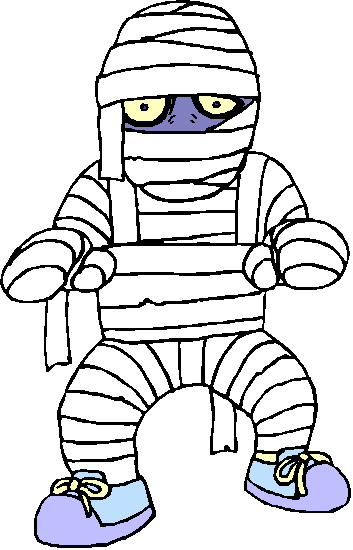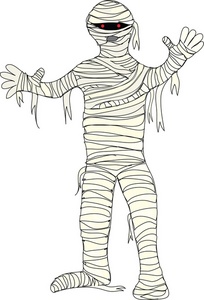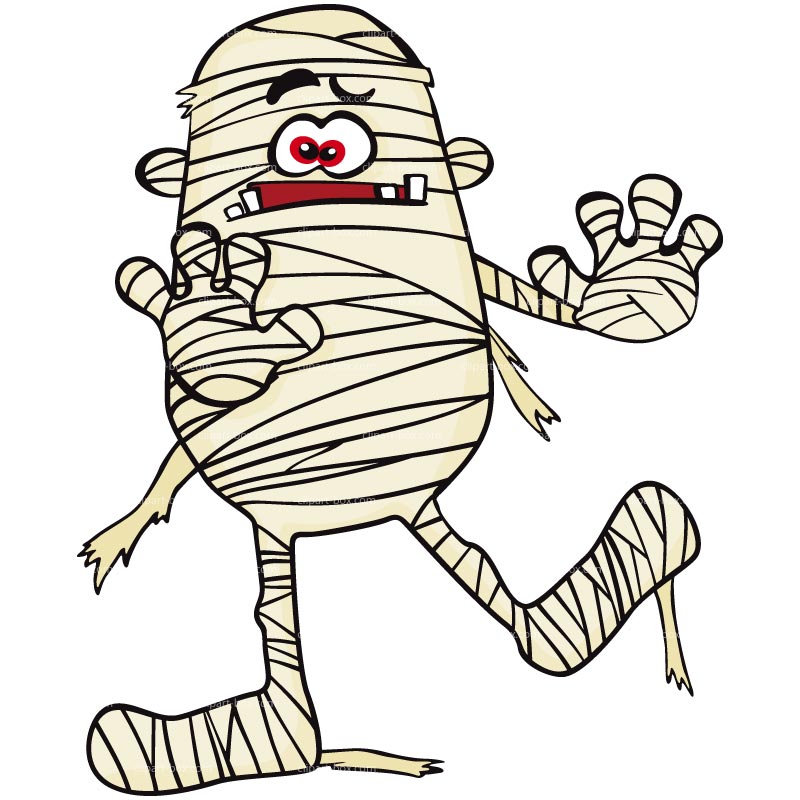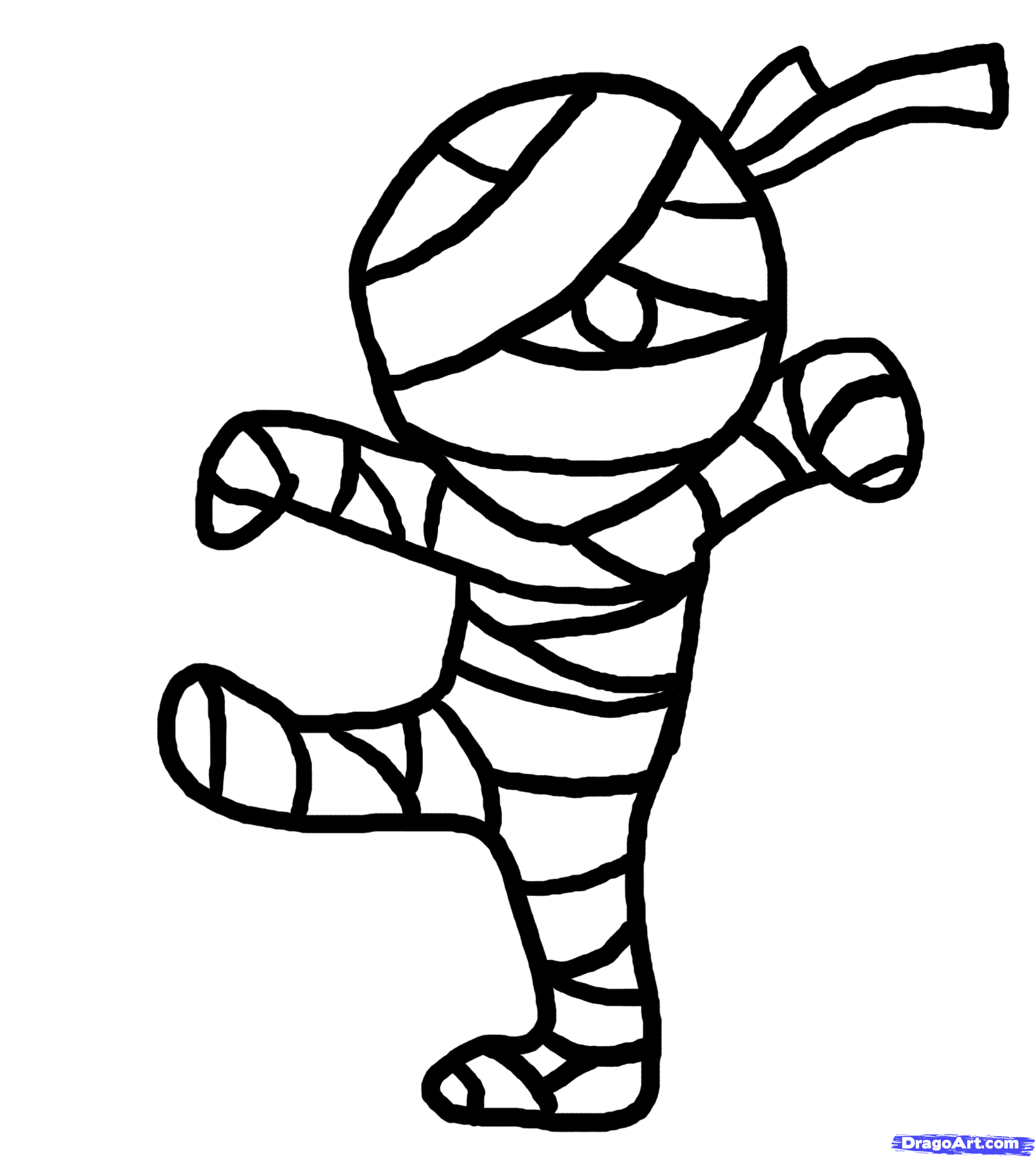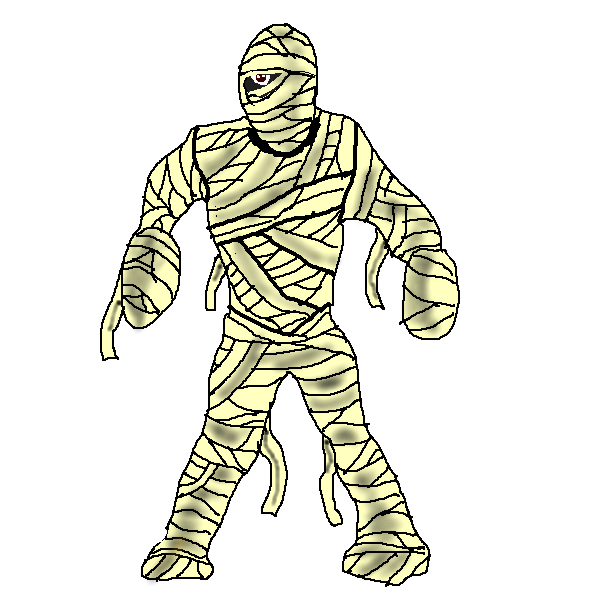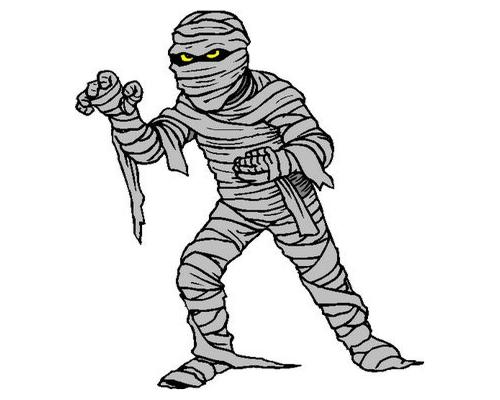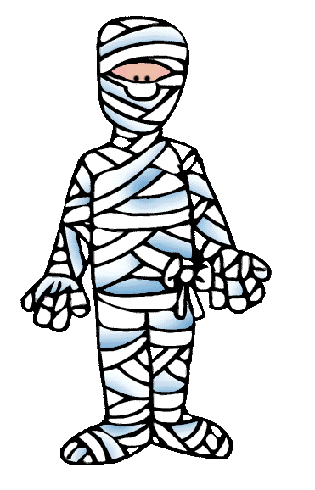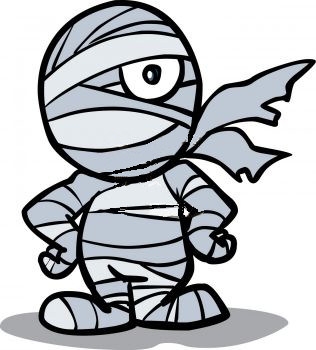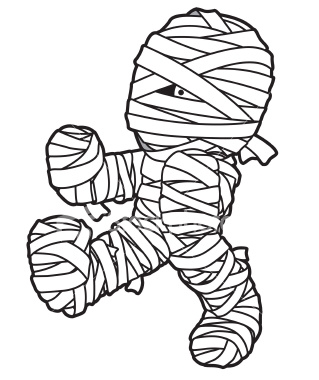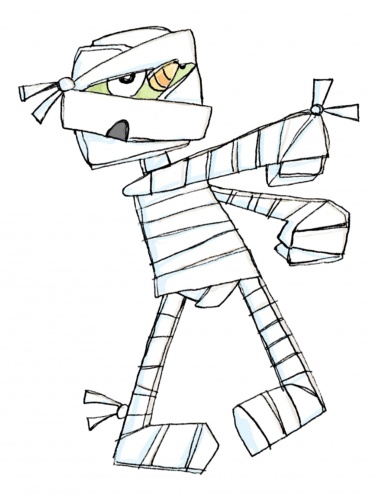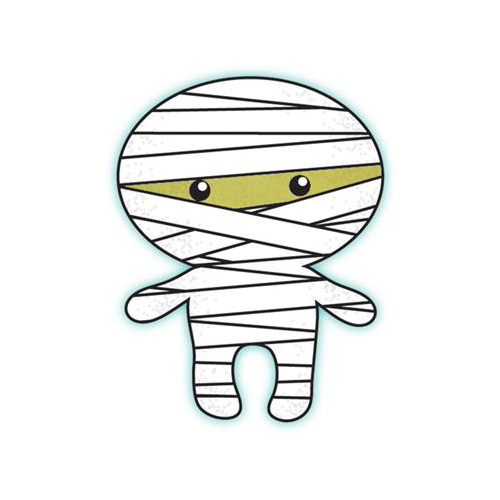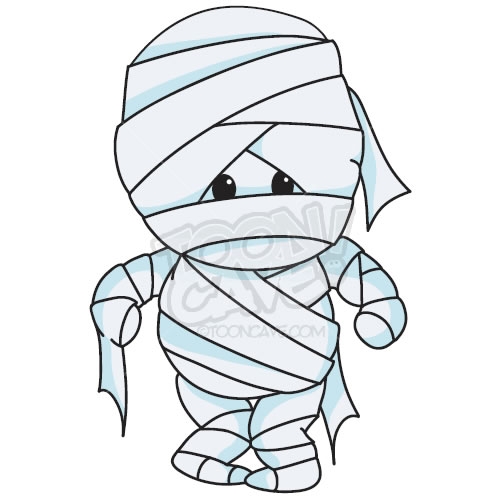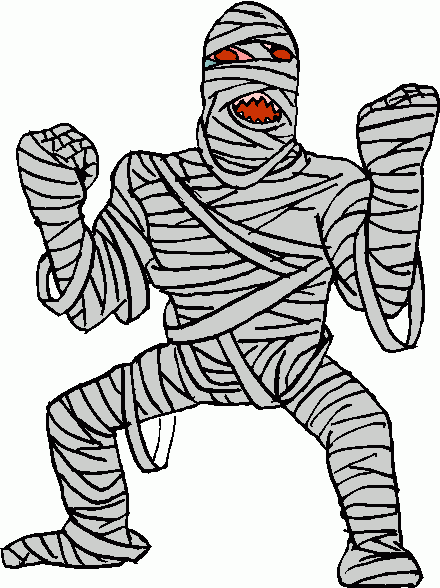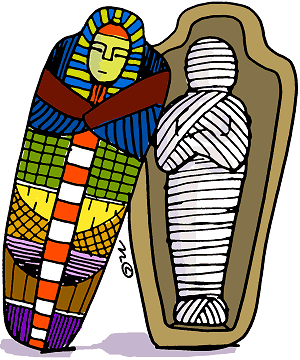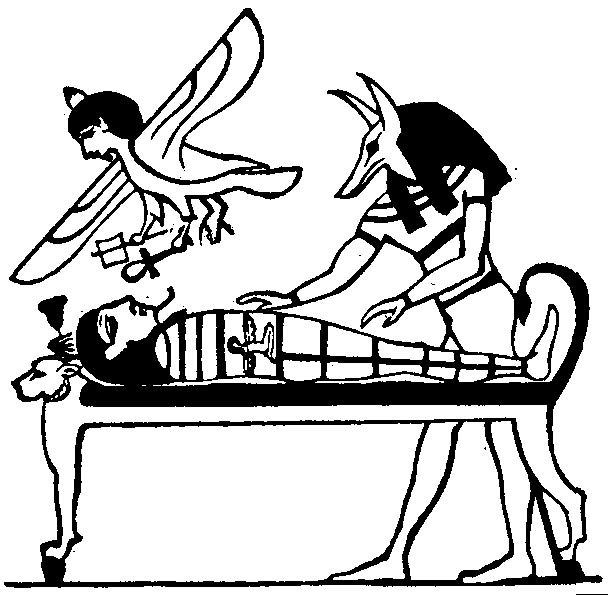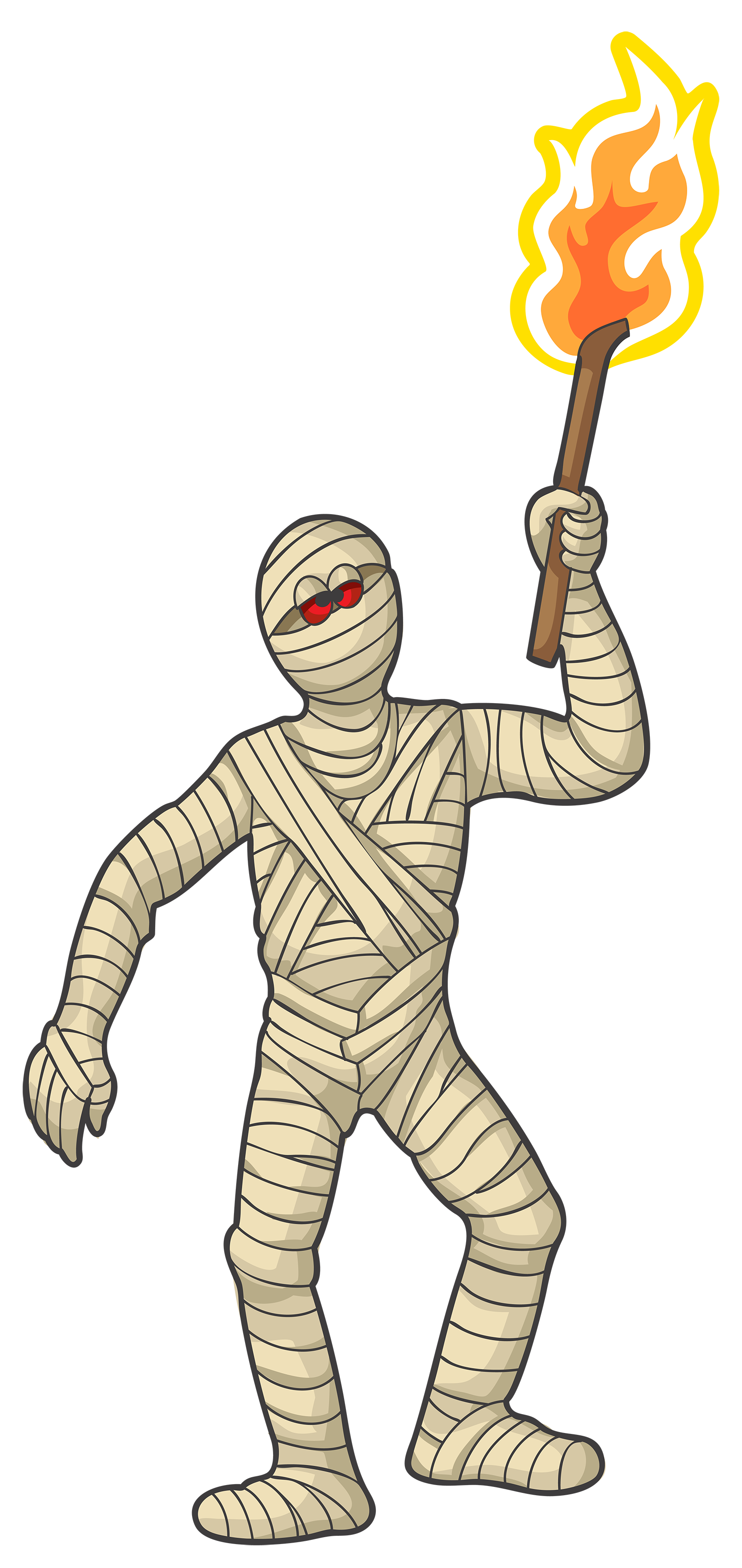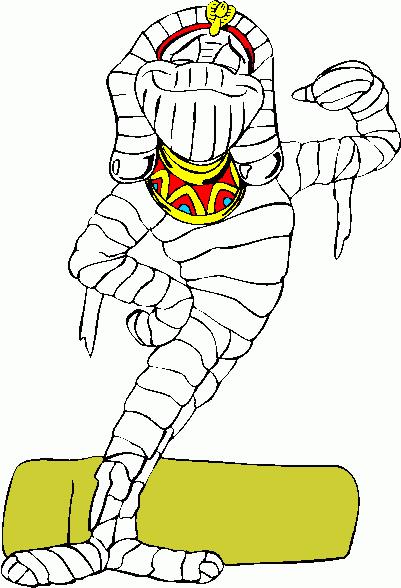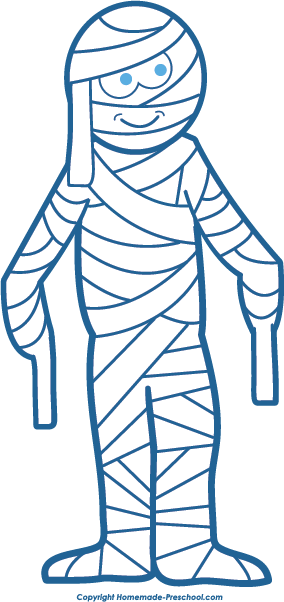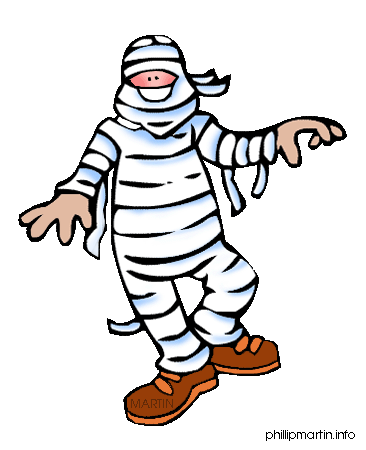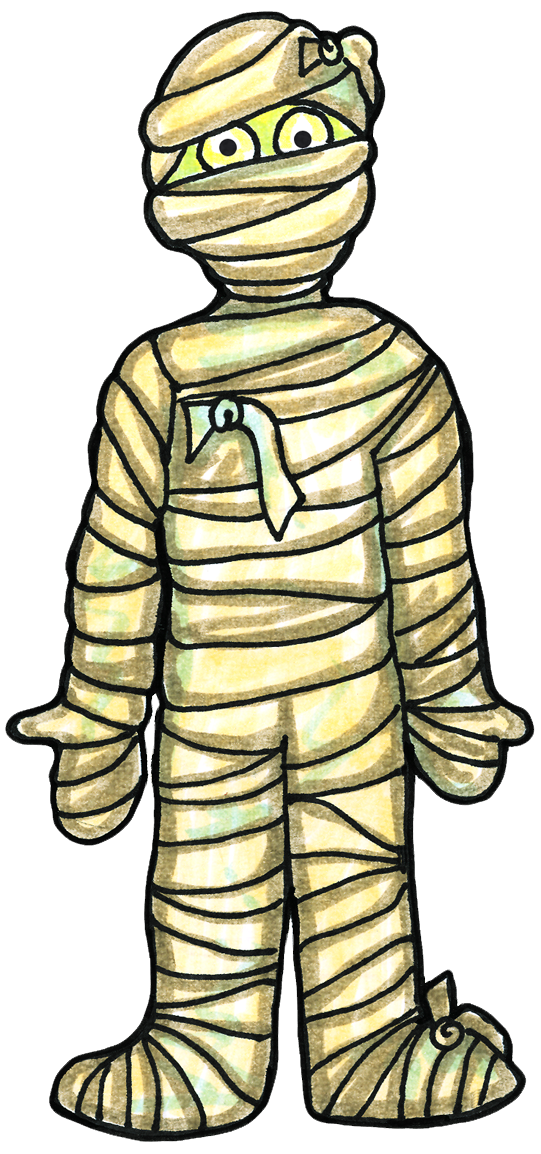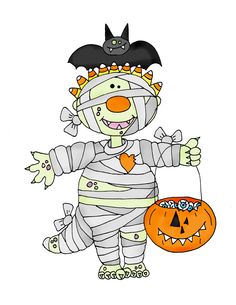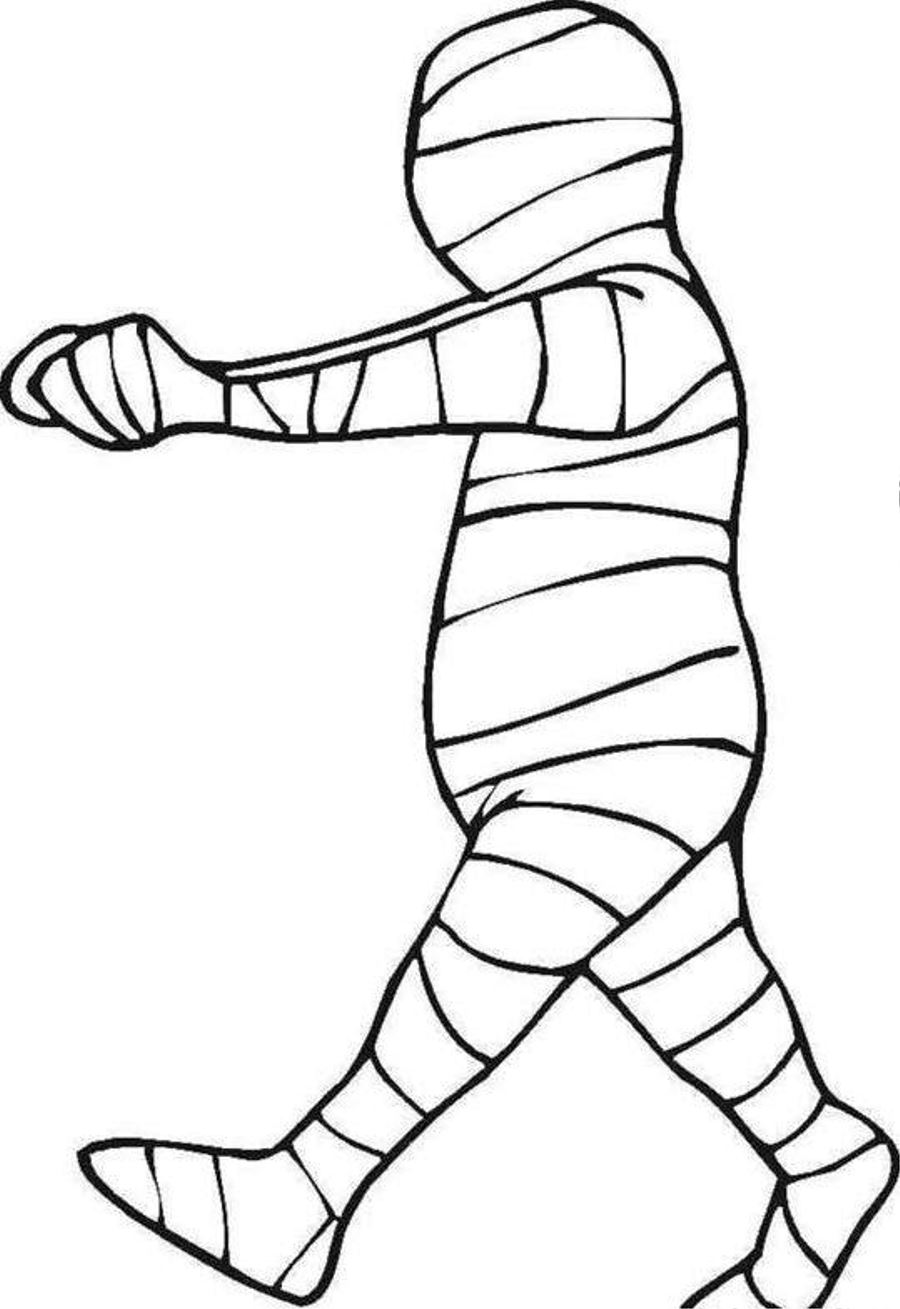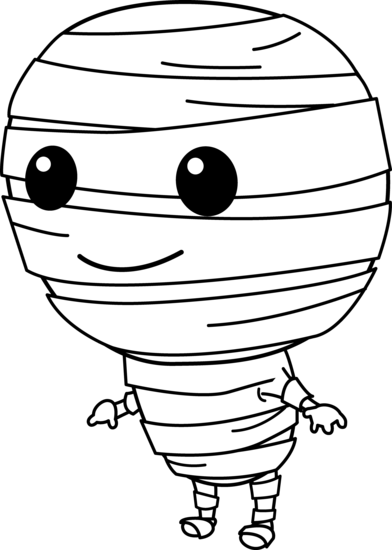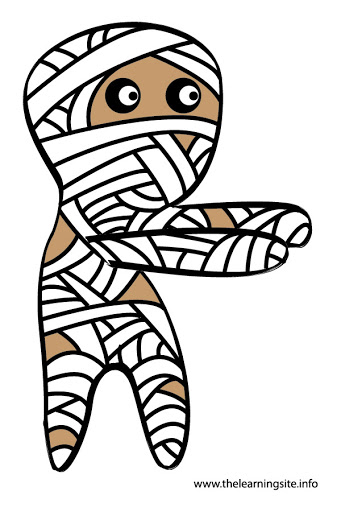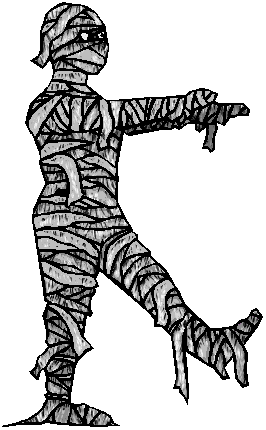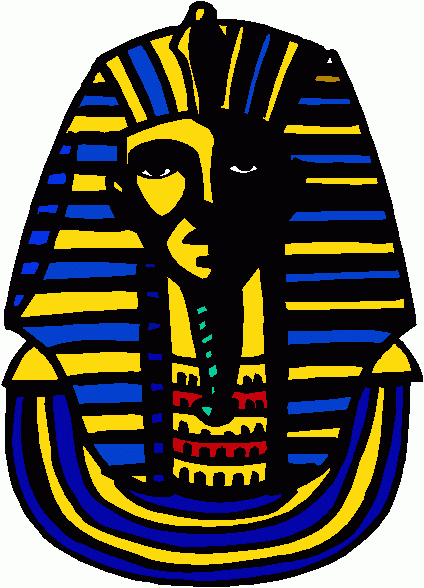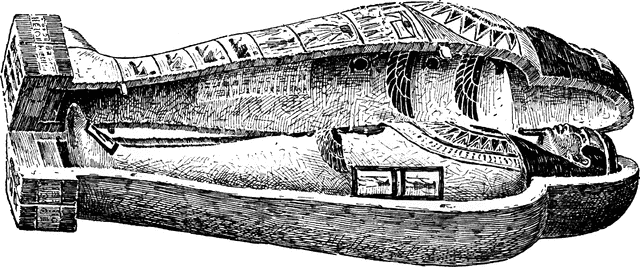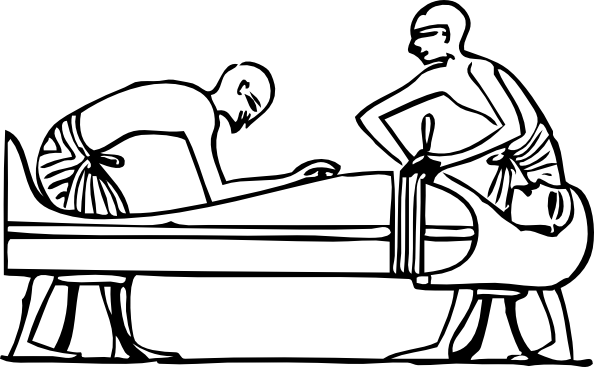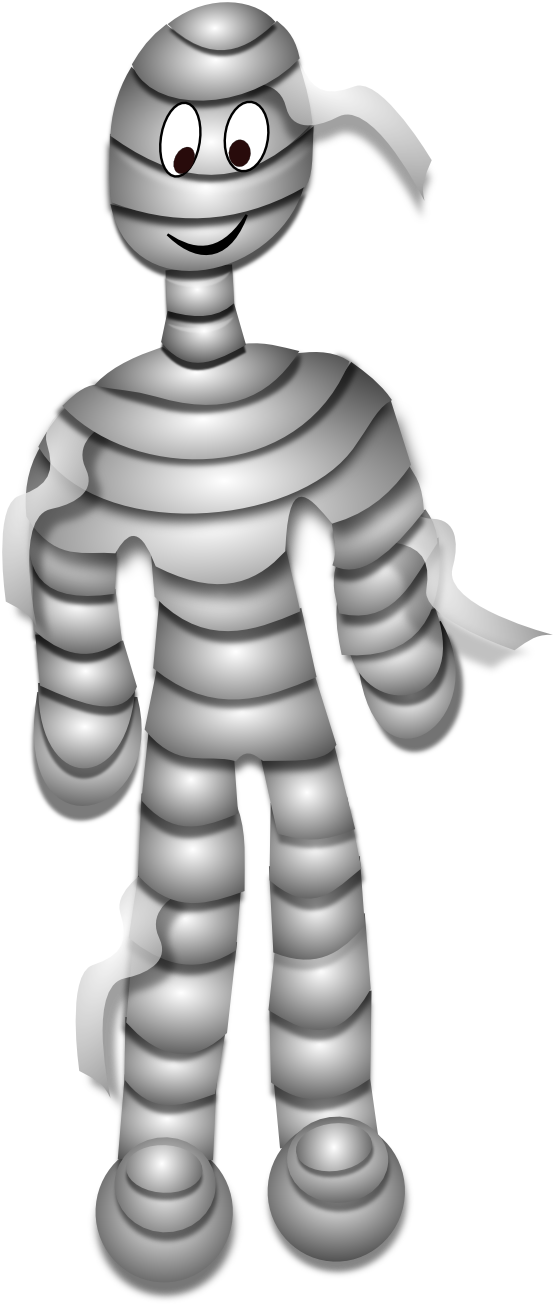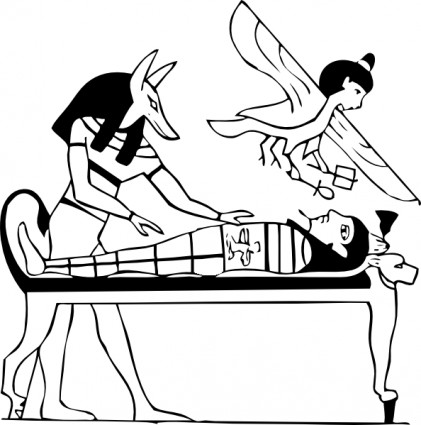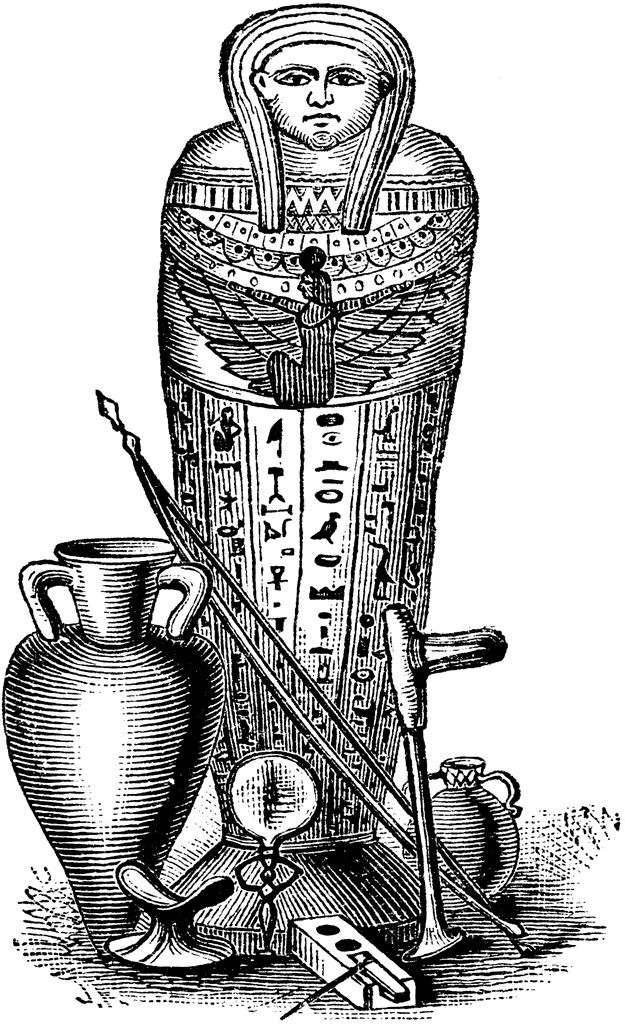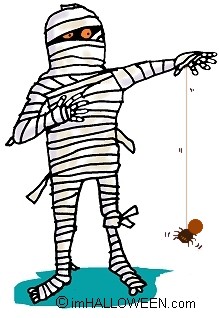Mummy Clipart
The ancient Egyptians developed complex embalming processes to preserve bodies after death. They believed properly mummifying corpses allowed the deceased’s soul to return safely to receive offerings. The practice emerged circa 3500 BCE, perhaps influenced by how desert conditions desiccated buried remains. Mummification later became associated with escorting souls into the afterlife.
The Mummification Process
Mummification followed methodical rituals with key steps:
- Removal of major organs like brains, lungs and liver
- Dehydrating the body using natron salt for 40+ days
- Wrapping the desiccated corpse in many layers of linen bandages
- Covering the face with a burial mask
- Anointing wrapped mummies with preserving resins
The lengthy procedures aimed to fully dry out bacteria laden moisture allowing longevity.
Famous Egyptian Mummies
Many iconic mummies have survived into modernity like:
- Tutankhamun – Famed pharaoh who ruled over 1300 BCE
- Seti I – Imposing 19th dynasty pharaoh from 1300s BCE
- Ramses II – Long reigning 19th dynasty ruler until 1213 BCE
- Hatshepsut – Powerful 18th dynasty female pharaoh
These remains provide insights into dynastic Egyptian rulers. Careful unwrapping also revealed hairstyles, jewelry and clues about diet and health.
Mummy Tombs and Artifacts
Befitting their status, mummies resided in ornate stone tombs and elaborate gold gilded coffins surrounded by funerary goods deemed useful in the afterlife. Nobles emphasized luxury items showcasing their wealth. Many mummy caches have been found largely intact granting archaeologists a rich window into ancient culture.
Studying and Scanning Mummies
Today scanning technology like CT imaging details anatomical, pathological and forensic information without unwrapping delicate remains. Analyzing skins, bones and residual organs defines mummification efficacy and illuminates causes of death. Genetic profiling even reveals familial lineages.
Mummies in Popular Culture
Mythology of cursed mummies becoming vengeful monsters has infused horror films, literature and games. Yet respectful authentic representation also occurs like Brendan Fraser’s adventurer unearthing Imhotep in The Mummy blockbusters. Some museum exhibits also tastefully educate about Egyptian life and death using actual mummified persons.
Purpose of Mummy Clipart
Mummy clipart provides artists scalable custom graphics to incorporate ancient Egyptian motifs. Vector images retain crisp quality at any size without distorting like raster graphics when resizing. Developers utilize mummy clipart for easier integrations into projects benefiting from such themes.
Working with Mummy Clipart
Using mummy visual assets properly entails:
- Reviewing copyright permissions, allowed usage terms and attribution requirements
- Optimizing display resolution for print vs digital display
- Appropriately modifying colors, sizes, layering and formats
These best practices respect artist rights when harnessing their creativity.
Using Mummy Clipart
Mummy graphics inject ominous Egyptian motifs into:
- Halloween decoration templates
- Spooky social media stickers
- Ancient history infographics
- Enemy concepts in games
- Cover art for mummy-themed comics or graphic novels
- Tattoo concepts featuring pharaohs and pyramids
In this page clipartix present 62 mummy clipart images free for designing activities. Lets download Mummy Clipart that you want to use for works or personal uses.
